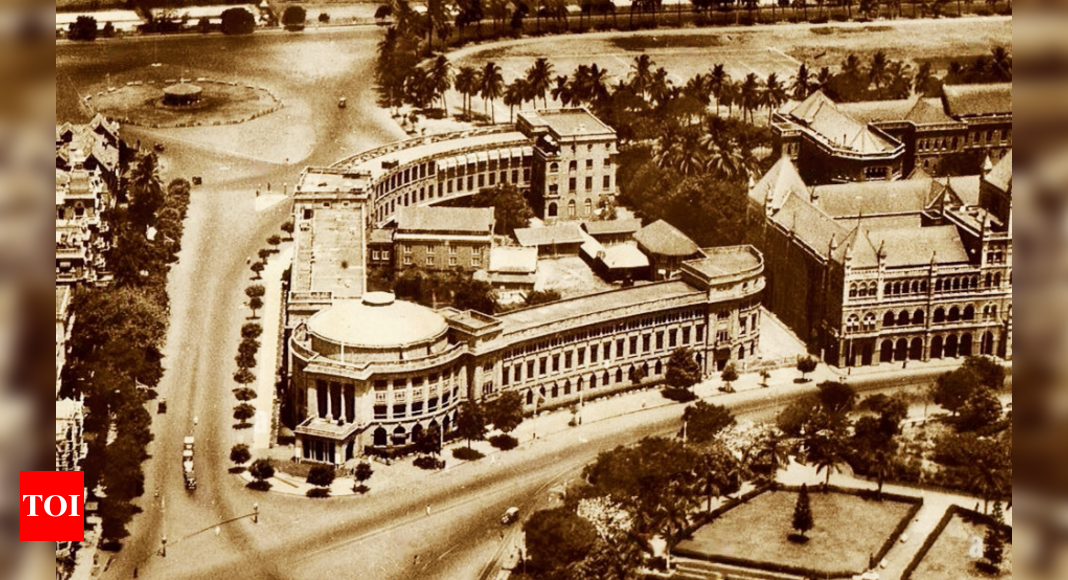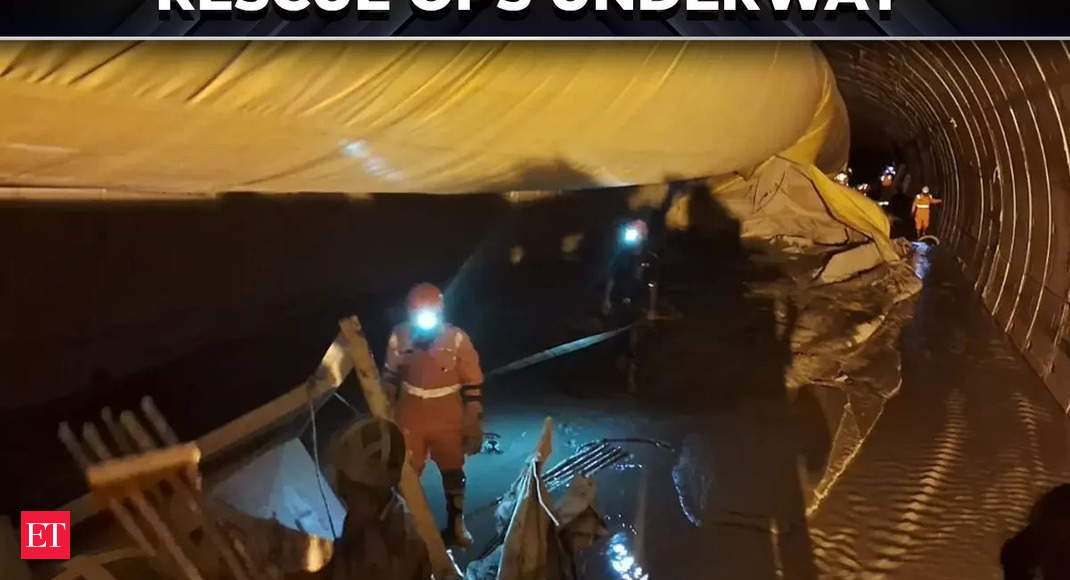A nuclear source, consisting of Californium-252 and Plutonium Beryllium, has been sitting in the basement of a distinguished heritage campus in south Mumbai since the 1980s. However, plans are underway to relocate this nuclear source, marking the end of an era for the Institute of Science. Established in 1962 as a nuclear chemistry laboratory, the institute grew into a full-fledged department in 1975. Unfortunately, it faced a decline in funds and attention from the state government, driving it to seek help from corporate India. The K C Mahindra Education Trust donated a significant amount to the institute, but research activities gradually came to a halt, and the institute now operates at less than half its staff strength.
Efforts are now being made to remove the remaining nuclear source from the dilapidated structure. The Bhabha Atomic Research Centre (BARC) has been contacted to carry out the safe removal. Once the source is relocated, the institute plans to pursue vertical expansion and focus on high-end research areas that have practical applications in society.
The nuclear source has a significant historical significance as it supported ground-breaking research in its prime. However, due to financial constraints, the lab’s operations diminished, leaving only the nuclear source behind. It is worth noting that the nuclear source has completed 14 half-lives, emphasizing the urgency of removing it from the campus.
Rajanish Kamat, the Vice-Chancellor of Dr Homi Bhabha State University, which includes the Institute of Science, stated that the institute has not yet accessed the premises but has written to BARC authorities to expedite the removal. He also expressed the institute’s plan to use the available space for vertical expansion and explore research in cutting-edge areas.
Retired professor Arun Sawant, who worked with the nuclear source, recalled the stringent safety measures taken during his time at the lab. From protective suits to encasement in 18 layers, the lab adhered to rigorous safety practices. Despite the challenges faced by the institute, Sawant believes that the legacy of nuclear chemistry should be preserved due to its immense scope.
The decline of several labs within the Institute of Science can be traced back to a decision by the state government. The government excluded research activities from a teacher’s workload calculation for salary purposes. As a result, an institution that heavily relied on research suffered a major setback. Former professors and students express their concerns, emphasizing that research was the essential lifeblood of the institute. This policy shift hindered the growth and progress of the institute, resulting in the loss of its prestigious status.
The Institute of Science, once renowned for its groundbreaking research and analysis of moon rock samples, now struggles with an empty laboratory for nuclear chemistry and radiochemistry departments. Former Head of Chemistry and Environmental Science departments, Narendra Thakkar, likens the institute to a terminally ill patient, stating that the lack of clear government policies has choked the institution’s nourishment and resources.
It is crucial for the institute to regain its momentum in research and secure the necessary funding and support from the government. The removal of the nuclear source marks the beginning of a new chapter for the Institute of Science, where it aims to revive its legacy and regain its position as a hub for scientific research and innovation.









